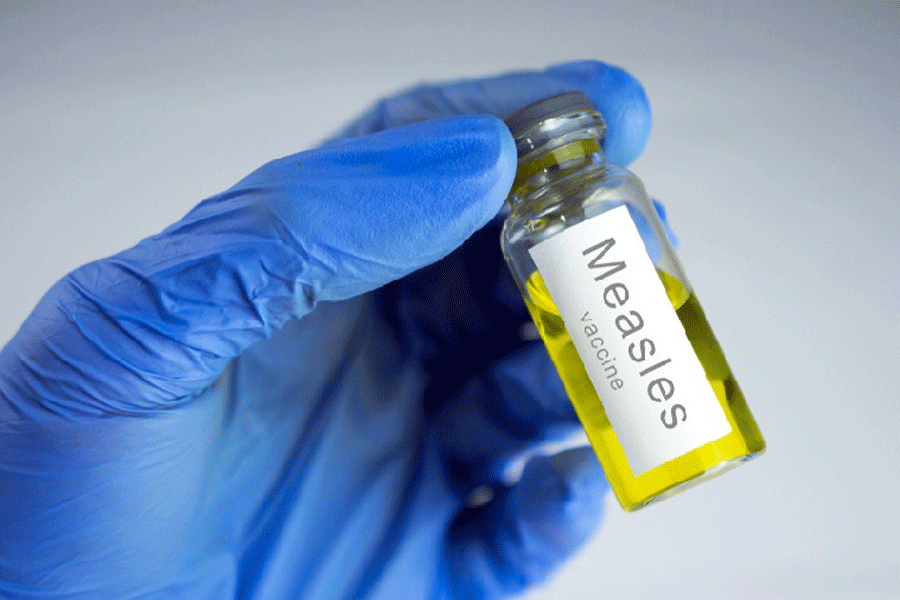India’s health ministry has challenged an estimate by two UN agencies that 1.1 million infants in the country had missed their first dose of the measles vaccine in 2022, signalling a fresh disagreement over health statistics.
The health ministry said on Saturday that only 21,310 of the eligible children in the country had missed their first measles dose between April 2022 and March 2023, pointing to what one epidemiologist said was a “staggeringly large difference” that remains unexplained.
The 1.1 million number emerged earlier this year in a joint World Health Organisation (WHO) and Unicef Estimates National Immunisation Coverage (WUENIC) document that covers the period January 1, 2022 to December 31, 2022.
The Morbidity and Mortality Weekly Report from the US Centres for Disease Control published on Friday has cited this estimate, listing India among the top 10 countries with infants who hadn’t received the measles first dose in 2022. India is fourth on the list after Nigeria (3 million), the Democratic Republic of Congo (1.8 million) and Ethiopia (1.7 million).
The health ministry has said the 1.1 million estimate for India does “not reflect the true picture”, and pointed out that the ministry’s Health Management Information System shows that 26,363,270 among 26,384,580 eligible children had received the measles first dose during 2022-23.
Measles is a highly contagious vaccine-preventable childhood infection that
requires at least 95 per cent of eligible children to receive a vaccine to stop transmission from isolated cases. The ministry said it had taken multiple initiatives to ensure that all children receive all measles vaccine doses.
Although the 1.1 million estimate implies India has achieved the 95 per cent coverage, experts say, the geographic distribution of the missed doses is critical and determines whether the immunisation gaps might leave children in some pockets vulnerable.
“For measles, we need 95 per cent coverage at all levels — state, district, city, town, village,” said Tarun Bhatnagar, a scientist and public health specialist in the National Institute of Epidemiology, Chennai, a central government research institution. A country-level figure, Bhatnagar said, might mask uneven vaccination coverage and gaps at local levels.
He said it was not unusual for differences to show up between the ministry’s
HMIS data and an estimate based on a modelling exercise. Routine surveys of vaccination coverage at times have indicated lower coverage levels than reported in the HMIS data.
But the difference between 1.1 million and 21,000 “is staggeringly large”, Bhatnagar said.
Email queries sent by this newspaper to the WHO and Unicef asking about the methodology for their estimate and how it can be reconciled with the ministry’s HMIS data have not evoked a reply.
Two public health specialists in India said the WHO and Unicef typically rely on the health ministry’s own data on immunisation coverage and the reason for such a large discrepancy between an estimate and the actual number is unclear.
The health ministry had last year questioned estimates of Covid-19 deaths in the country generated by various international research teams and a WHO exercise that pointed to more deaths than India’s official figures.











